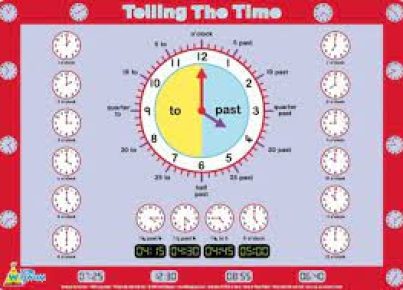1. Read the book: Start by reading the classic folktale “Stone Soup” to your class to introduce them to the concept.
2. Dramatic play: Have students act out the story of “Stone Soup,” assigning roles for the various characters and letting them use props like stones and a pot.
3. Make your own stone soup: As a class, create a recipe for your own stone soup, encouraging students to bring in their favorite vegetables or ingredients to contribute to the pot.
4. Graphing vegetables: After making stone soup, have students graph the different types of vegetables used. Discuss which vegetable was used the most and least.
5. Create art with stones: Provide students with paint and brushes, and let them decorate their own stones as a reminder of their stone soup experience.
6. Write a sequel: Encourage students to write a sequel to “Stone Soup,” imagining another adventure for the characters.
7. Vocabulary building: Use “Stone Soup” as an opportunity to teach new vocabulary words related to cooking, nutrition, and sharing.
8. Share the soup: Invite other classes or staff members to come and share your class’s stone soup, discussing its importance in fostering community and generosity.
9. Compare versions: Read different versions of “Stone Soup” from various cultures and discuss how they differ while maintaining similar themes.
10. Puzzle time: Create crossword puzzles or word searches using key terms from “Stone Soup.”
11. Craft time: Encourage students to create their own bowls or spoons from clay or other craft materials as part of a stone soup-themed art project.
12. Cooperative games: Organize team-building games that promote cooperation and problem-solving skills, reinforcing the themes of sharing and working together found in “Stone Soup.”
13. Analyze the message: Have students break into small groups and discuss the moral lesson behind “Stone Soup.”
14. Sing-along: Teach your class a song or rhyme about stone soup, holding a performance for other classes or parents.
15. Sequence activities: Provide students with pictures illustrating the events of “Stone Soup,” and have them arrange the images in order.
16. Lesson on generosity: Use “Stone Soup” as a platform to discuss generosity with your students, exploring different ways they can be generous in their daily lives.
17. Serving others: Arrange a field trip to a local soup kitchen, allowing students to serve stone soup and experience its impact first-hand.
18. Reflection time: After completing the stone soup activities, engage students in reflection by asking them to share what they have learned and how it has influenced their thinking about sharing and collaboration.





